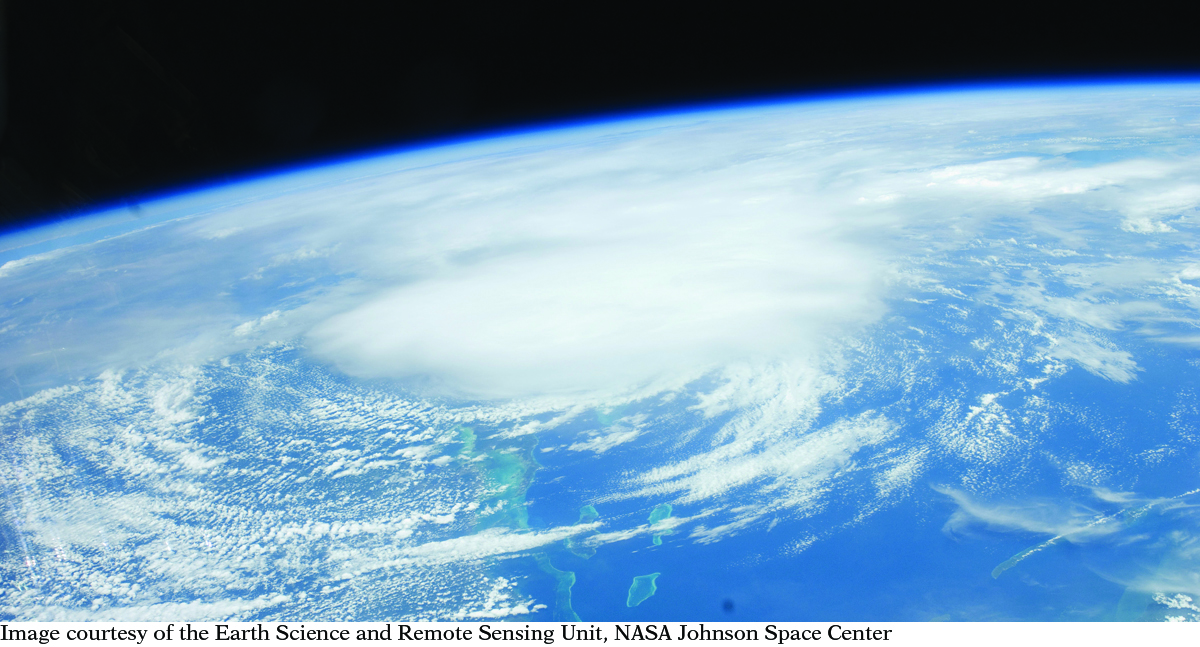Chapter 10 Summary

CHAPTER 10
Physically Changing Matter
SUMMARY
KEY TERMS
weather
physical change
phase change
proportional
proportionality constant
melting point (melting temperature)
boiling point (boiling temperature)
absolute zero
Kelvin scale
kinetic theory of gases
temperature
Charles’s law
air mass
Weather Update
The water and gases that make up Earth’s atmosphere change density and temperature as they move about the planet. Physical changes of matter cause the weather we experience. Most matter expands when heated and contracts when cooled. When heated enough, matter changes phase, from solid to liquid to gas. The density of gases is dramatically lower than the density of either liquids or solids. Changes in temperature and density play a role in the weather.
REVIEW EXERCISES
Question 10.1
1. What is 50 °F in kelvins?
Question 10.2
2. Use the kinetic theory of gases to explain temperature.
Question 10.3
3. A gas sample in a flexible container has a volume of 650 mL at a temperature of 27 °C. If the pressure stays the same when the sample is heated to 80 °C, what will be the new volume?
Question 10.4
4. You fill a balloon with helium to a volume of 3 L in the morning, when the temperature is 23 °C. At the end of the day, the temperature drops to 10 °C.
What is the proportionality constant, k = V/T, at the start of the day?
What is the proportionality constant at the end of the day? Explain your thinking.
What will the volume of the balloon be when the temperature is 10 °C?
Question 10.5
What is the volume of 5.2 g of solid CO2 if the density of solid CO2 is 1.56 g?
What will the volume of the 5.2 g(s) be if all of the solid changes to a gas? The density of CO2(g) is 0.0019 g/mL. Explain your reasoning.